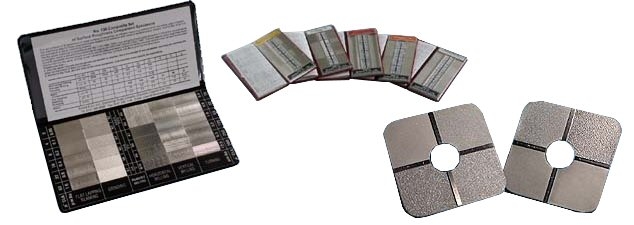Article group
Discount store
Scales
Test weights
Hardness accessories
Hardnesstester
Material testing
Laboratory furnaces
Visual inspection
Measuring devices
Industrial marking
Thickness measurement
Metallography
Metrology
Precalibrated
Calipers
Depth measurement
Micrometers
Micrometer head
Mechanical dial gage
Digital dial indicator
Dial gage with sector
Dial Test Indicators
Feeler for dialgage
Dial gauge holder
Saw setting dial gage
Internal measuring
Radius indicator
Measuring marble
Tracing
Gauges
Rulers & squares
Meters
Spirit level
Roughness
Microscopes
Cleaning
Paint
Lightweight comparators
Heavy-duty comparator
Precision reference specimen
SR2xx
G200
TMR360
Diavite Micro
Diavite Nano
DH-9/App
DH8-Contour
DH8-Tubmaster
Diavite DH-9
Diavite DH10
Taster DIAVITE
DEMOTEC 40
Accessories DIAVITE
Accessories
Certificate
Newsletter
Subscribe to our Newsletter


 français
français
 Nederlands
Nederlands
